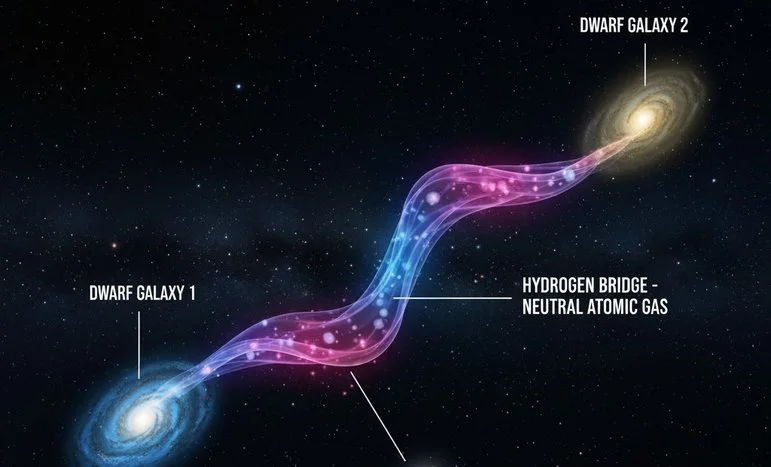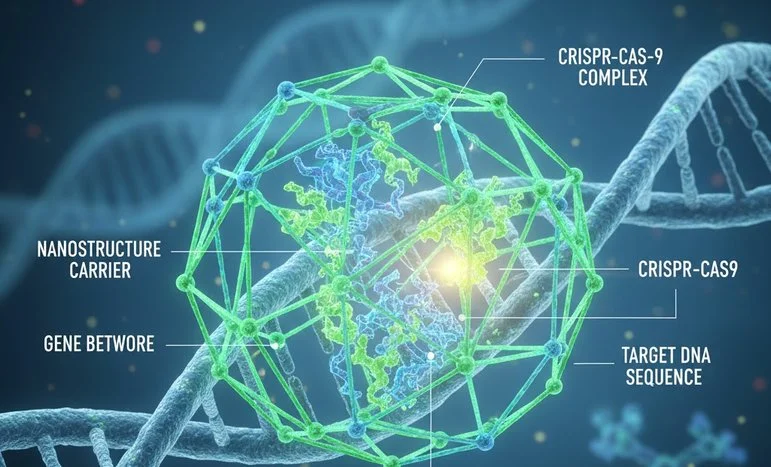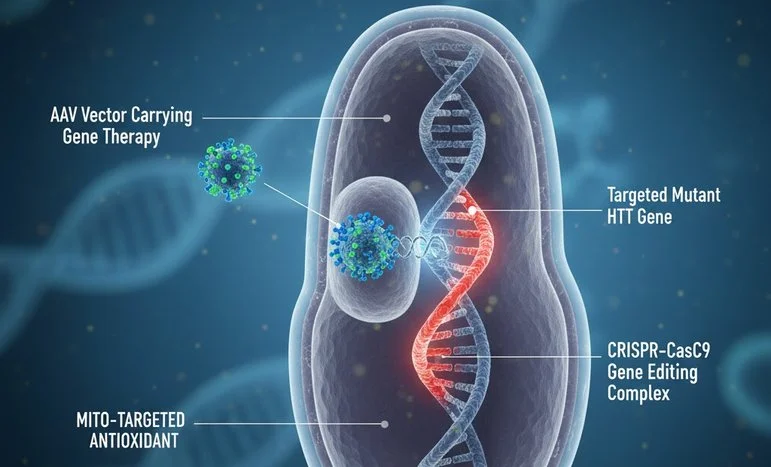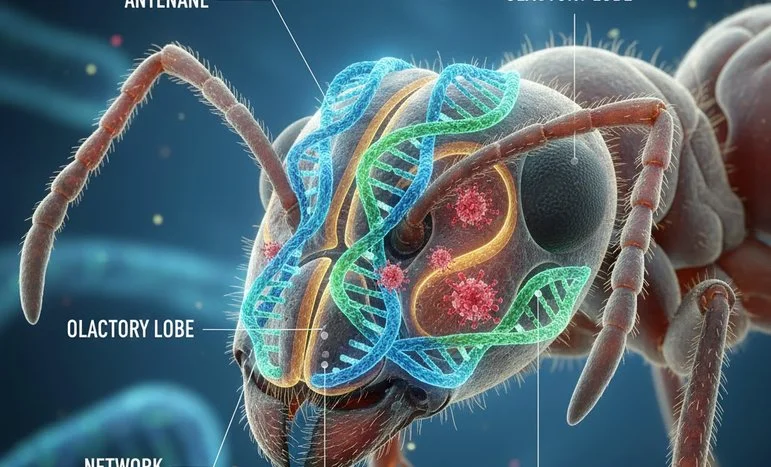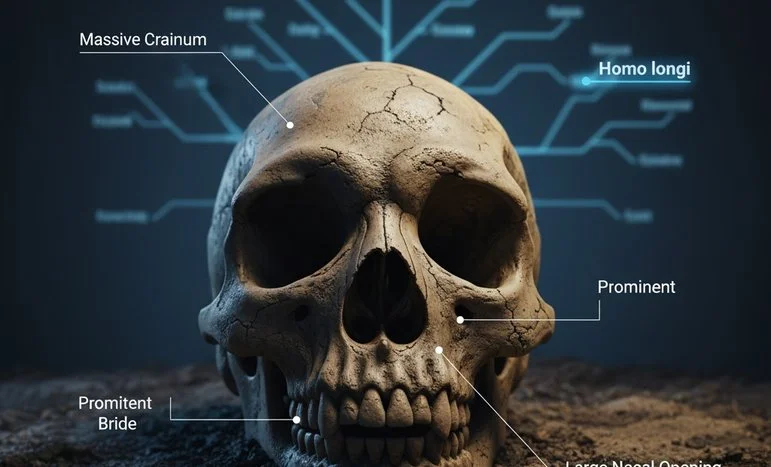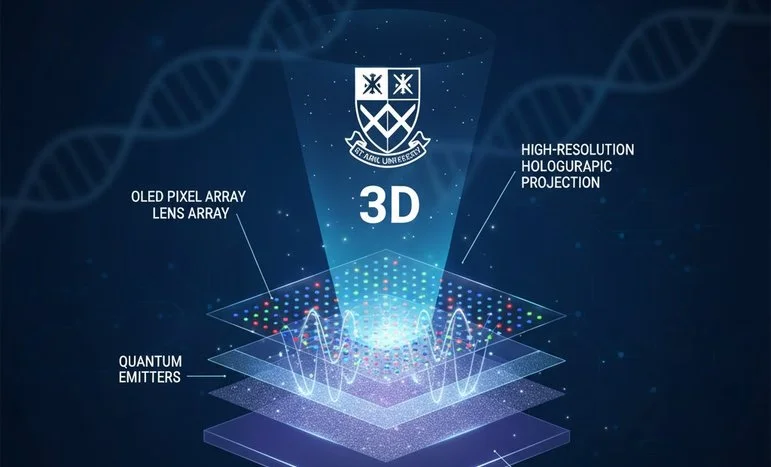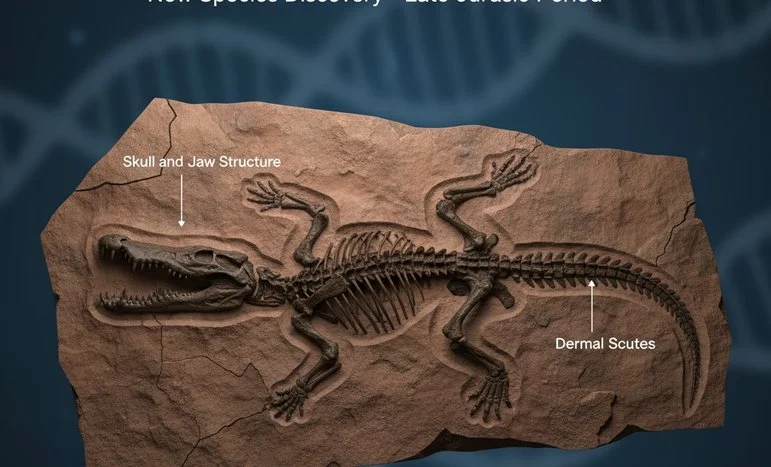
95-Million-Year-Old Crocodyliform Fossil 'Elton' Unearthed in Montana
Discovery of 95-Million-Year-Old Crocodyliform Fossil ‘Elton’ Sheds Light on Ancient Reptiles
Paleontologists in Montana have uncovered a remarkable 95-million-year-old land-dwelling crocodyliform fossil, nicknamed “Elton”, providing an unprecedented glimpse into the life and adaptations of ancient reptiles. Unlike modern crocodiles, which are predominantly aquatic predators, Elton exhibits unique morphological traits suggesting a versatile, terrestrial lifestyle.
Anatomy and Adaptations
The fossilized remains reveal several notable features:
- Robust Limbs: Adapted for walking on land, indicating Elton was primarily terrestrial.
- Jaw and Teeth Structure: Dentition suggests a varied diet, including small vertebrates, insects, and possibly plant matter.
- Tail Morphology: Longer and more muscular than modern crocodilians, potentially used for balance during terrestrial movement.
These characteristics illustrate how crocodyliforms were ecologically diverse during the Cretaceous period, occupying niches distinct from today’s crocodiles.
Insights into Diet and Behavior
Analysis of tooth wear patterns and jaw mechanics provides evidence for Elton’s dietary habits:
- Omnivorous Tendencies: Capability to process both animal and plant material.
- Opportunistic Feeding: Likely preyed on small vertebrates but supplemented diet with other food sources.
- Hunting Strategy: Terrestrial adaptations suggest active hunting rather than ambush from water.
This combination of traits underscores the evolutionary experimentation within crocodyliform lineages during the Late Cretaceous.
Significance in Paleontology
The discovery of Elton contributes to several key areas:
- Evolutionary Biology: Highlights morphological diversity among crocodyliforms.
- Cretaceous Ecosystems: Provides clues about food web dynamics and niche occupation.
- Comparative Anatomy: Offers a reference for studying limb and dental adaptations in extinct reptiles.
By examining Elton’s skeletal and dental structures, scientists gain a deeper understanding of how ancient reptiles adapted to terrestrial environments, contrasting with the semi-aquatic lifestyle of their modern relatives.
Methods of Study
The research team employed a combination of techniques:
- CT Scanning: Allowed detailed visualization of internal bone structures without damaging the fossil.
- 3D Reconstruction: Created a complete model of Elton’s skeleton for biomechanical analysis.
- Isotopic Analysis: Provided information about diet and environmental conditions during the Cretaceous.
These approaches enable scientists to reconstruct lifestyle and ecological interactions of extinct species with high precision.
Broader Implications
Elton’s discovery emphasizes the ecological versatility of prehistoric reptiles:
- Adaptation to Land: Demonstrates that not all crocodyliforms were tied to water environments.
- Dietary Flexibility: Suggests that environmental pressures drove diversification in feeding strategies.
- Evolutionary Experimentation: Highlights the range of morphological solutions explored by ancient lineages.
Understanding such diversity aids in interpreting evolutionary pathways and how ancient ecosystems responded to environmental changes.
Future Directions
Research on Elton will continue with aims to:
- Examine closely related crocodyliform species for comparative insights.
- Study fossilized stomach contents, if preserved, to directly assess diet.
- Explore paleoecological modeling to understand Elton’s role in its ecosystem.
- Integrate findings with global fossil records to map crocodyliform diversity and dispersal.
Such investigations will refine our knowledge of Cretaceous terrestrial ecosystems and the adaptive strategies of ancient reptiles.
The Elton crocodyliform fossil provides a rare window into 95-million-year-old terrestrial life, revealing a flexible diet, specialized anatomy, and ecological diversity. Its discovery in Montana enriches our understanding of crocodyliform evolution and emphasizes the dynamic experimentation of prehistoric reptiles as they adapted to a variety of habitats. By studying Elton, scientists are uncovering the hidden complexity of ancient ecosystems and the evolutionary innovations that have shaped modern reptiles.
We appreciate that not everyone can afford to pay for Views right now. That’s why we choose to keep our journalism open for everyone. If this is you, please continue to read for free.
But if you can, can we count on your support at this perilous time? Here are three good reasons to make the choice to fund us today.
1. Our quality, investigative journalism is a scrutinising force.
2. We are independent and have no billionaire owner controlling what we do, so your money directly powers our reporting.
3. It doesn’t cost much, and takes less time than it took to read this message.
Choose to support open, independent journalism on a monthly basis. Thank you.
